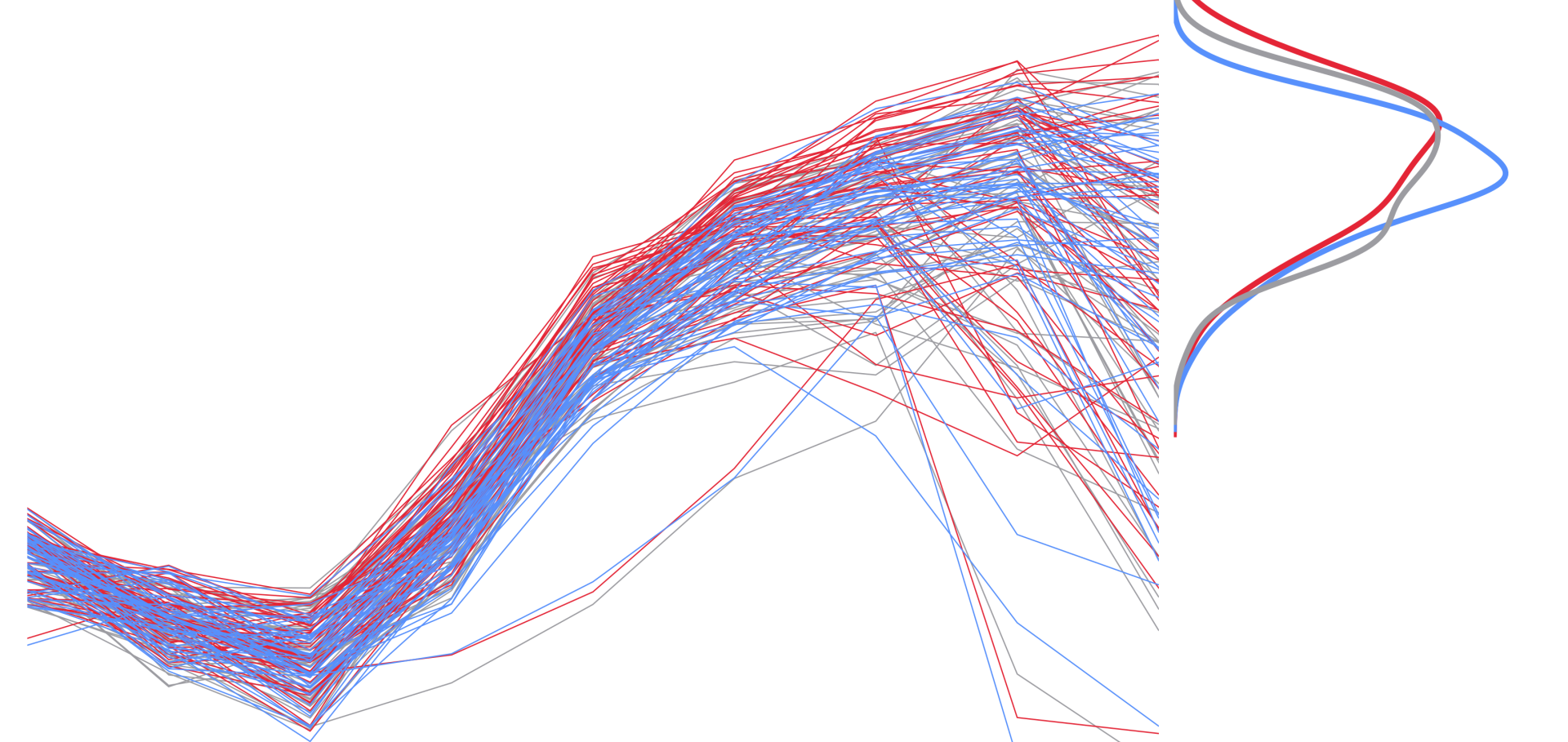Heatwave attribution based on reliable operational weather forecasts
Nature Communications Nature Research 15:1 (2024) 4530
Abstract:
The 2021 Pacific Northwest heatwave was so extreme as to challenge conventional statistical and climate-model-based approaches to extreme weather attribution. However, state-of-the-art operational weather prediction systems are demonstrably able to simulate the detailed physics of the heatwave. Here, we leverage these systems to show that human influence on the climate made this event at least 8 [2–50] times more likely. At the current rate of global warming, the likelihood of such an event is doubling every 20 [10–50] years. Given the multi-decade lower-bound return-time implied by the length of the historical record, this rate of change in likelihood is highly relevant for decision makers. Further, forecast-based attribution can synthesise the conditional event-specific storyline and unconditional event-class probabilistic approaches to attribution. If developed as a routine service in forecasting centres, it could provide reliable estimates of human influence on extreme weather risk, which is critical to supporting effective adaptation planning.Event attribution of a midlatitude windstorm using ensemble weather forecasts
Environmental Research: Climate IOP Publishing 3:3 (2024) 035001
Abstract:
The widespread destruction incurred by midlatitude storms every year makes it an imperative to study how storms change with climate. The impact of climate change on midlatitude windstorms, however, is hard to evaluate due to the small signals in variables such as wind speed, as well as the high resolutions required to represent the dynamic processes in the storms. Here, we assess how storm Eunice, which hit the UK in February 2022, was impacted by anthropogenic climate change using the ECMWF ensemble prediction system. This system was demonstrably able to predict the storm, significantly increasing our confidence in its ability to model the key physical processes and their response to climate change. Using modified greenhouse gas concentrations and changed initial conditions for ocean temperatures, we create two counterfactual scenarios of storm Eunice in addition to the forecast for the current climate. We compare the intensity and severity of the storm between the pre-industrial, current, and future climates. Our results robustly indicate that Eunice has become more intense with climate change and similar storms will continue to intensify with further anthropogenic forcing. These results are consistent across forecast lead times, increasing our confidence in them. Analysis of storm composites shows that this process is caused by increased vorticity production through increased humidity in the warm conveyor belt of the storm. This is consistent with previous studies on extreme windstorms. Our approach of combining forecasts at different lead times for event attribution enables combining event specificity and a focus on dynamic changes with the assessment of changing risks from windstorms. Further work is needed to develop methods to adjust the initial conditions of the atmosphere for the use in attribution studies using weather forecasts but we show that this approach is viable for reliable and fast attribution systems.The most at-risk regions in the world for high-impact heatwaves
Nature Communications Springer Nature 14:1 (2023) 2152
A decentralized approach to model national and global food and land use systems
Environmental Research Letters IOP Publishing 18:4 (2023) 045001
Abstract:
The achievement of several sustainable development goals and the Paris Climate Agreement depends on rapid progress towards sustainable food and land systems in all countries. We have built a flexible, collaborative modeling framework to foster the development of national pathways by local research teams and their integration up to global scale. Local researchers independently customize national models to explore mid-century pathways of the food and land use system transformation in collaboration with stakeholders. An online platform connects the national models, iteratively balances global exports and imports, and aggregates results to the global level. Our results show that actions toward greater sustainability in countries could sum up to 1 Mha net forest gain per year, 950 Mha net gain in the land where natural processes predominate, and an increased CO2 sink of 3.7 GtCO2e yr−1 over the period 2020–2050 compared to current trends, while average food consumption per capita remains above the adequate food requirements in all countries. We show examples of how the global linkage impacts national results and how different assumptions in national pathways impact global results. This modeling setup acknowledges the broad heterogeneity of socio-ecological contexts and the fact that people who live in these different contexts should be empowered to design the future they want. But it also demonstrates to local decision-makers the interconnectedness of our food and land use system and the urgent need for more collaboration to converge local and global priorities.Scaling up gas and electric cooking in low- and middle-income countries: climate threat or mitigation strategy with co-benefits?
Environmental Research Letters IOP Publishing 18:3 (2023) 034010


